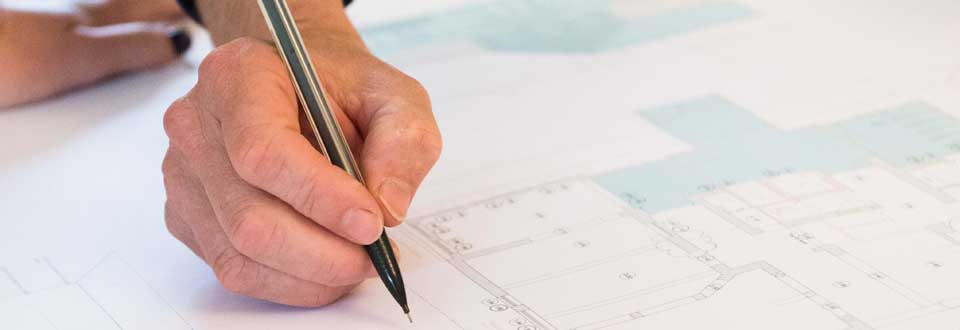For the designer, BIM provides more than just a technological change in the way they work; it’s a complete refit of the entire design process. We explore what making the switch to BIM really means.
The path
A couple of years ago, some of the earliest adopters offered Building.co.uk ![]() some key advice to share on getting started with BIM. This included:
some key advice to share on getting started with BIM. This included:
- Understand that the biggest investment you’re going to make is not the software but the change management. BIM is going to transform the way you work as an individual and an organisation. The best way to benefit it to take a holistic approach, with fully integrated internal and external teams.
- Start by taking a look at where you are now and then determine where you want to be. BIM is about taking a collaborative, transparent approach, and championing that mind set can begin immediately.
- Make a plan. Recruit BIM champions throughout the organisation with varying levels of authority and have them communicate that plan across the business.
- Get leadership on board, so that people will listen. They don’t need to understand the technical details, but they do need to understand the process.
- Make the technology available to all. This allows everyone to place their focus on the process rather than the tools. Costs can be managed with some creative thinking. For instance, the consulting engineering group Ramboll buys a high spec PC whenever there is a new starter, no matter what that starter’s position. The new PC is then given to a power user, while that user’s old machine is passed down to someone else, and so on. This trickledown effect can see as many as four users provided with the spec’d rigs they need at the cost of one higher-end machine.
- Don’t wait to start a project. Teach yourself on your own time, and then find a willing client who will participate in a pilot project. Prepare yourself before you face that first, live BIM project.
- Approach BIM with a ‘business as usual’ attitude, and make it easy to adopt. Map already existing processes to complement a collaborative working style, address security concerns before they become an issue, and tailor company standards to support BIM processes.
Also key is training well but not training too early. Many of the early adopters learnt this the hard way. They invested in the software, had their people trained in it, and then went back to business as usual. When it came time to actually do their first BIM project, their people had forgotten most of what they’d learnt. So, invest in training, but time that training so that your people can go straight from it into a project
Also avoid the pitfall of focussing on software alone. Think instead about the wider BIM process. Isolated technical issues imposed by software can easily derail a project. Staff that are more broadly informed can see the bigger picture, meaning projects are less likely to stall.
Understand what BIM means for you
Just like the digital revolution changed the way we access films and music, BIM is changing the way we do projects. It isn’t just a new step in digitising an age-old process but a completely new way of working. Because of this, adopting BIM is about far more than hardware and software investment. You can’t just assign a BIM guy and go on with business as usual. BIM must become your business as usual.
They key is understanding what BIM means for you – now and in the future – and then making a plan and working that plan.
It’s going to take a lot of work up front, but the end result is better design, better construction coordination, richer and more complete data, and all of the financial (and personal) rewards that go with that.
Source: Making the switch to BIM | NBS


